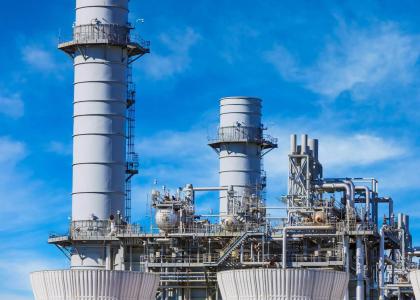Although building energy-efficiency codes are set at the state or local level, the federal government sets national energy-efficiency criteria for many of the new and rehabilitated homes that it supports. Setting up-to-date energy efficiency requirements for these homes would improve home quality, reduce monthly costs, lessen vulnerability to fuel price spikes, boost the health and comfort of residents, and ensure long-term reductions in greenhouse gas emissions. This paper looks at the impacts of improving new homes supported by FHA mortgages, other federal financing and programs, and Fannie Mae and Freddie Mac mortgages. Our analysis shows that bringing the homes up to current model energy codes would add more than 800,000 years of employment (job-years), save more than $25 billion, and reduce carbon dioxide emissions by about 275 million tons. Improving the homes to ENERGY STAR® energy-efficiency levels would almost double the savings.
Download the White Paper
| Suggested citation: |
|
Ungar, L., and A. Bell-Pasht. 2022. Efficient New Homes with Federal Support Will Save Money, Create Jobs, and Cut Emissions. Washington, DC: American Council for an Energy-Efficient Economy. aceee.org/white-paper/2022/05/efficient-new-homes-federal-support |



